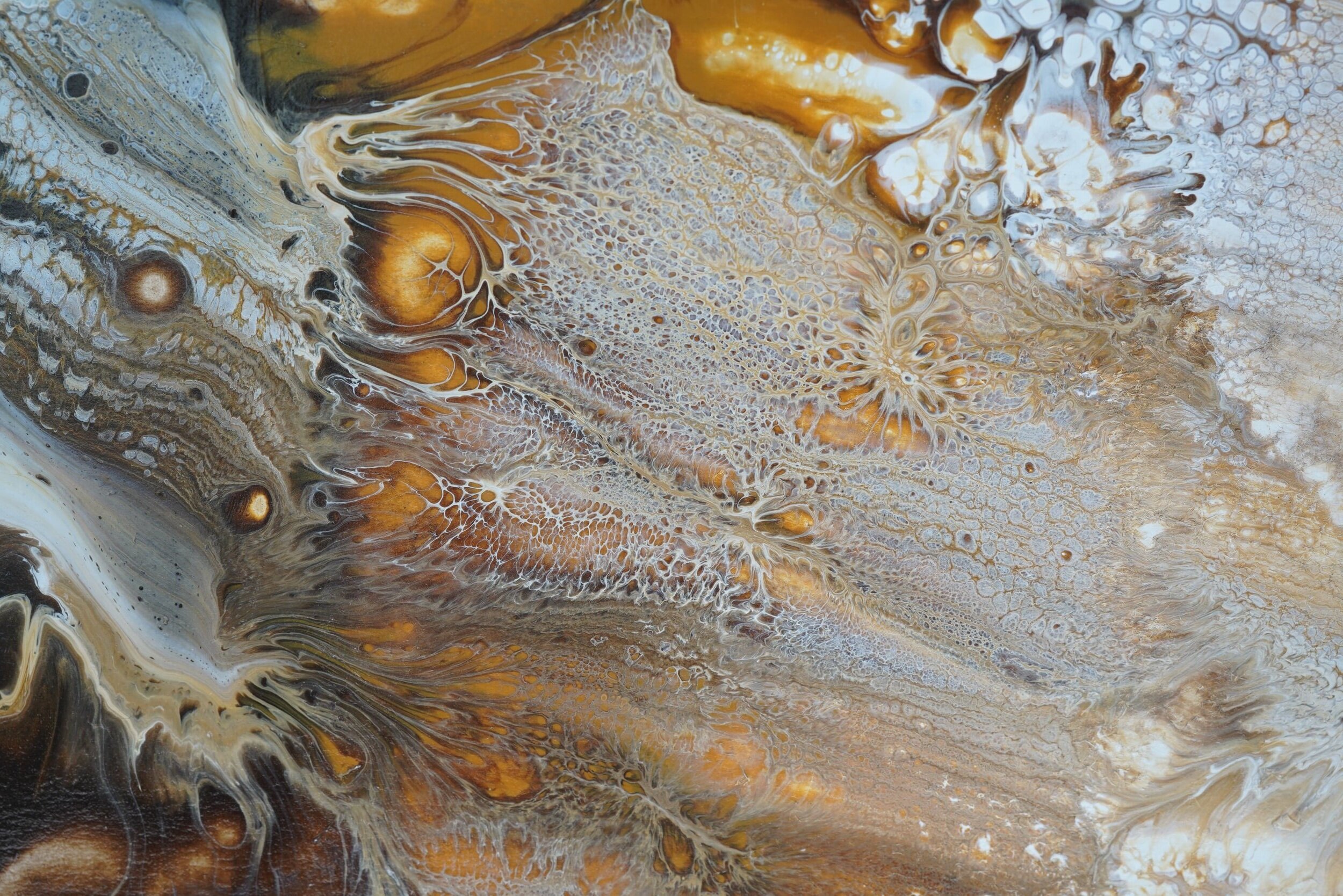
Oesophageal Manometry and 24 hour pH Studies
Oesophageal Manometry
Oesophageal manometry, also known as oesophageal physiology studies is a procedure that measures how well the muscles of the food pipe (gullet, or oesophagus) are working. A thin, flexible tube that contains sensors is passed through the nose, along the back of the throat, down the oesophagus into the stomach. Pressure sensors along the length of the tube record muscle function as the test candidate swallows water.
How does it work?
The oesophagus moves food from the throat down to the stomach with a wave-like motion called peristalsis. Oesophageal manometry will measure how well this movement is performed. It will also allow the doctor to examine the muscular valve (sphincter) connecting the oesophagus to the stomach. The valve should relax to allow food and liquid to enter the stomach and should close to prevent food and liquid moving up from the stomach and back into the oesophagus. Problems with peristalsis or sphincter function may cause swallowing difficulty, heartburn or chest pain.
24-hour pH Study
A 24-hour pH study is often done in conjunction with the oesophageal manometry to monitor the levels and changes in acid content in the oesophagus over a 24-hour period, while the patient conducts his or her normal daily activities. It is used to diagnose gastro-oesophageal reflux disease (GERD – digestive acid passing from the stomach, up into the oesophagus), to determine the effectiveness of medications that are given to prevent acid reflux and to determine if episodes of acidic reflux are causing chest pain.
How does it work?
A smaller tube than that used for oesophageal manometry is passed through the nose into the oesophagus in the same manner as for manometry. This tube is connected to a small recording device that is worn on a belt for the following 24 hours. Food diaries are completed by the patient over the 24-hour period following tube placement to record all food and fluid taken. Diaries should also include information about sleep patterns and symptoms. Symptoms are recorded via the recording device to allow them to be related to episodes of reflux. The tube is removed the next day.
When will I need an oesophageal manometry or pH study?
The manometry test may be suggested for people who are experiencing the following symptoms;
Difficulty swallowing (dysphagia)
Pain when swallowing (odynophagia)
Heartburn or reflux
Chest pain
What happens after my oesophgeal manometry or pH study?
There may be mild, temporary discomfort after your procedure. You will be able to return home or work after your procedure.
A copy of your report will be given to you to take to your referring doctor.
The hospital will contact you if you need to have another procedure or a follow up appointment.
This information is intended as a guideline only. If you have any further questions or concerns, please ask your doctor.

